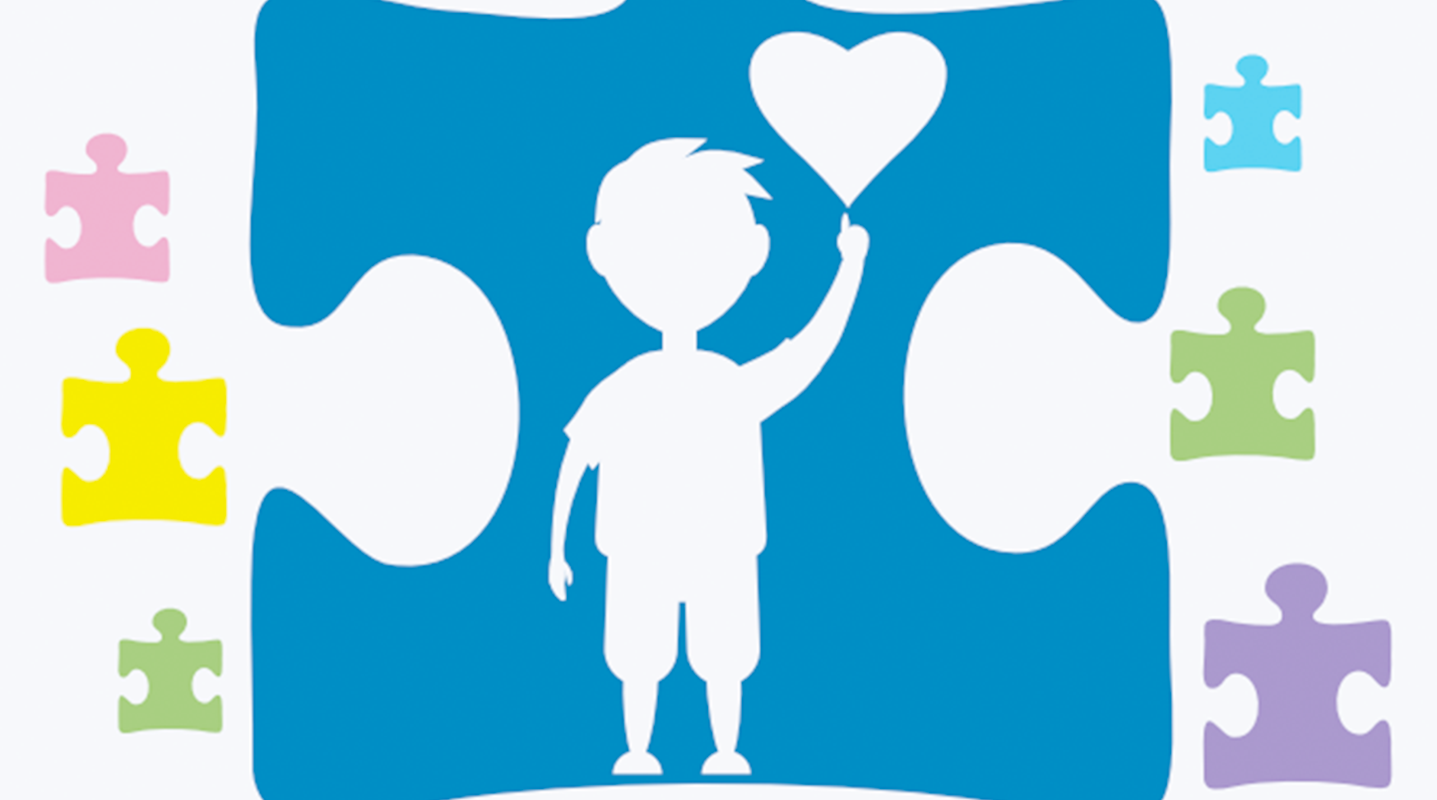Autism Early Intervention and Therapy are Key
September 20, 2022

In 1911, Swiss psychologist Paul Eugen Bleuler coined the term “autism” when he noted previously undiagnosed or undocumented behavioral symptoms in patients with schizophrenia. Since then, the understanding of autism spectrum disorders (ASD) has evolved immensely through research, education, and support.
Memorial Healthcare System recognizes that a multidisciplinary, collaborative approach to early diagnosis and intervention of ASD is vital for improving an individual’s learning, communication and social skills.
“With the tools and techniques now available to us, we are hoping to change the world of autism one person at a time,” says Maria Josette S. Mullins, PT, DPT, director of Rehabilitation Services at Memorial Healthcare System.
ASD Comes With Many Challenges
- Approximately 40% of people with autism are nonverbal.
- 30% of people with autism have intellectual disabilities and behavioral issues.
- Prevalence of the disorder has increased over the last several years.
- In the 1970s, there was an estimated one in 10,000 cases.
- By 2020, the CDC found that one in 54 children had been diagnosed with ASD.
- Males were four times more likely than females to have the disorder.
Researchers still do not know if this surge is due to the evolution of the clinical definition, better efforts to diagnose ASD, or a combination of multiple factors.
What is clear is the financial, socioeconomic, emotional and psychological impact on those with the disorder and their caregivers. In the United States, at least $60,000 per year is spent on special services for those with ASD. What’s more, the nationwide cost will reach an estimated $461 billion by 2025.
Many factors impede the accurate identification of ASD, especially in young children. Over the years, certain tools and instruments have been researched and used in the accurate diagnosis of ASD, two of which are considered the gold standard today:
- Autism Diagnostic Observation Schedule-2 (ADOS 2)
- Autism Diagnostic Interview-Revised (ADI-R)
ADOS, in particular, consists of semi-structured tasks involving social interactions between the examiner and the patient. These tasks are meant to elicit certain behaviors that are observed and coded to attain diagnosis, plan treatments and allow for educational placement. Most of those identified with ASD benefit from speech and occupational therapy interventions and/or applied behavioral analysis techniques.
ASD Success Story
A 5-year-old boy with a history of behavioral issues worsened after his parents’ divorce. The boy’s mother grew concerned because he began to show little or no facial expression or emotion, and had a growing tendency to isolate himself from his peers. The mother visited a new pediatrician who referred her to pediatric neurologists at Joe DiMaggio Children’s Hospital. Her son was sent to Memorial Hospital Miramar for an ADOS-2 screening, and the results revealed he had ASD.
After receiving a combination of speech therapy and applied behavioral analysis techniques, the boy began to experience fewer temper tantrums and increased social interactions with his peers. His mother works closely with the therapists, and follows up with home assignments to ensure her child reaches the appropriate social and developmental milestones.
“Not knowing what my child had was more nerve-racking than finding out he had ASD,” said the boy’s mother. “Now I have a plan with the help of the pediatric neurologists and the therapists at Memorial; I know that my child has a better future.”
